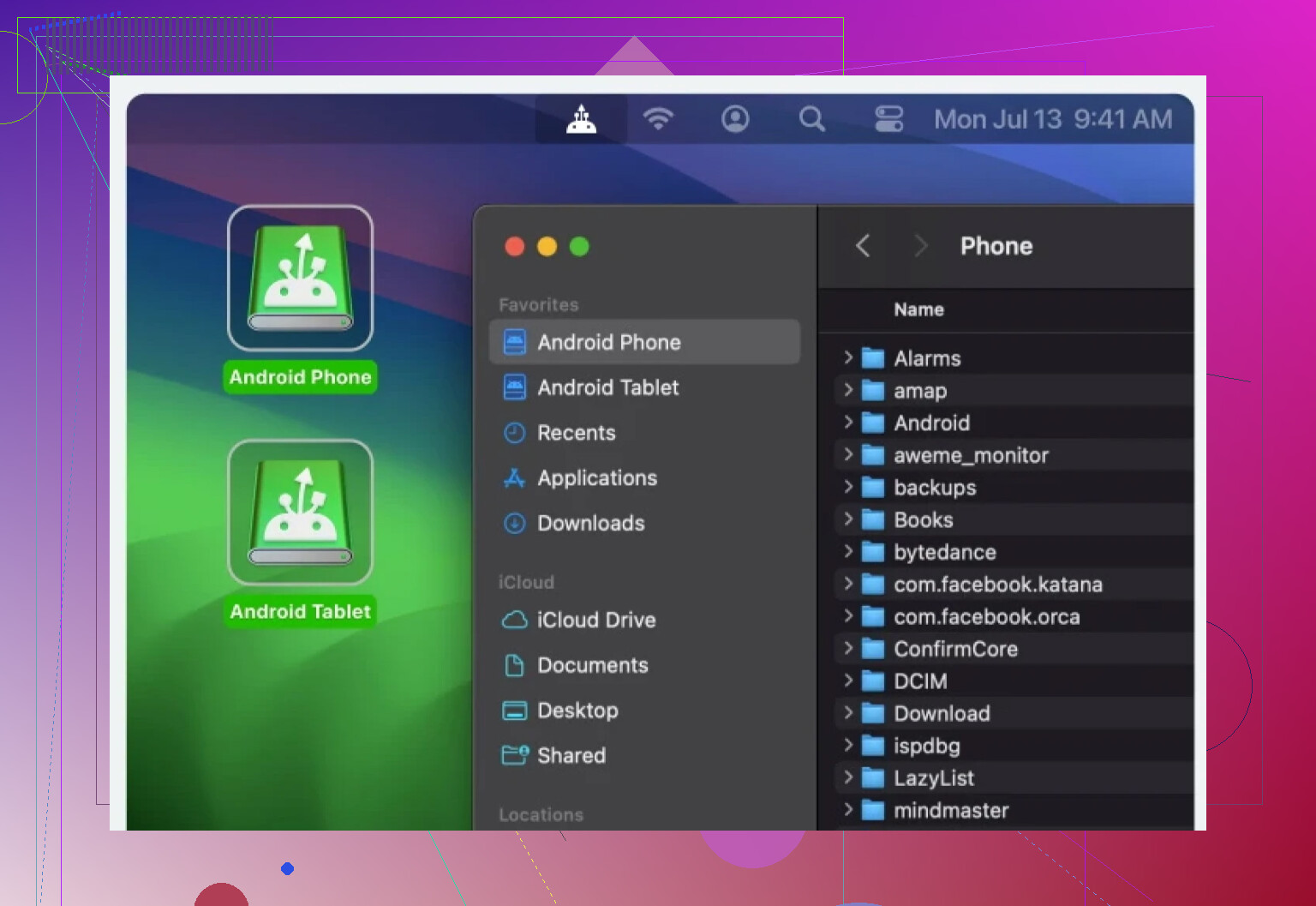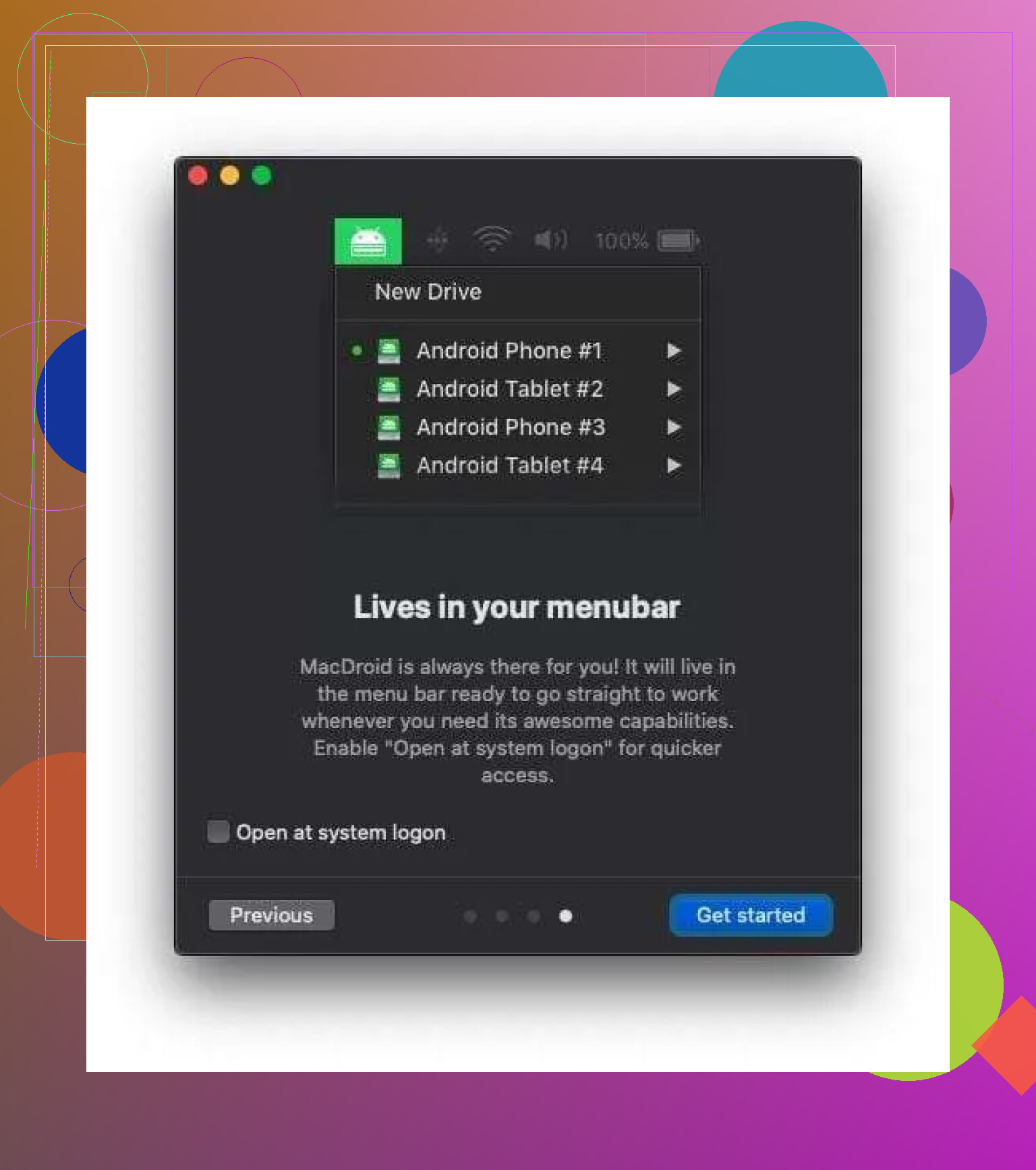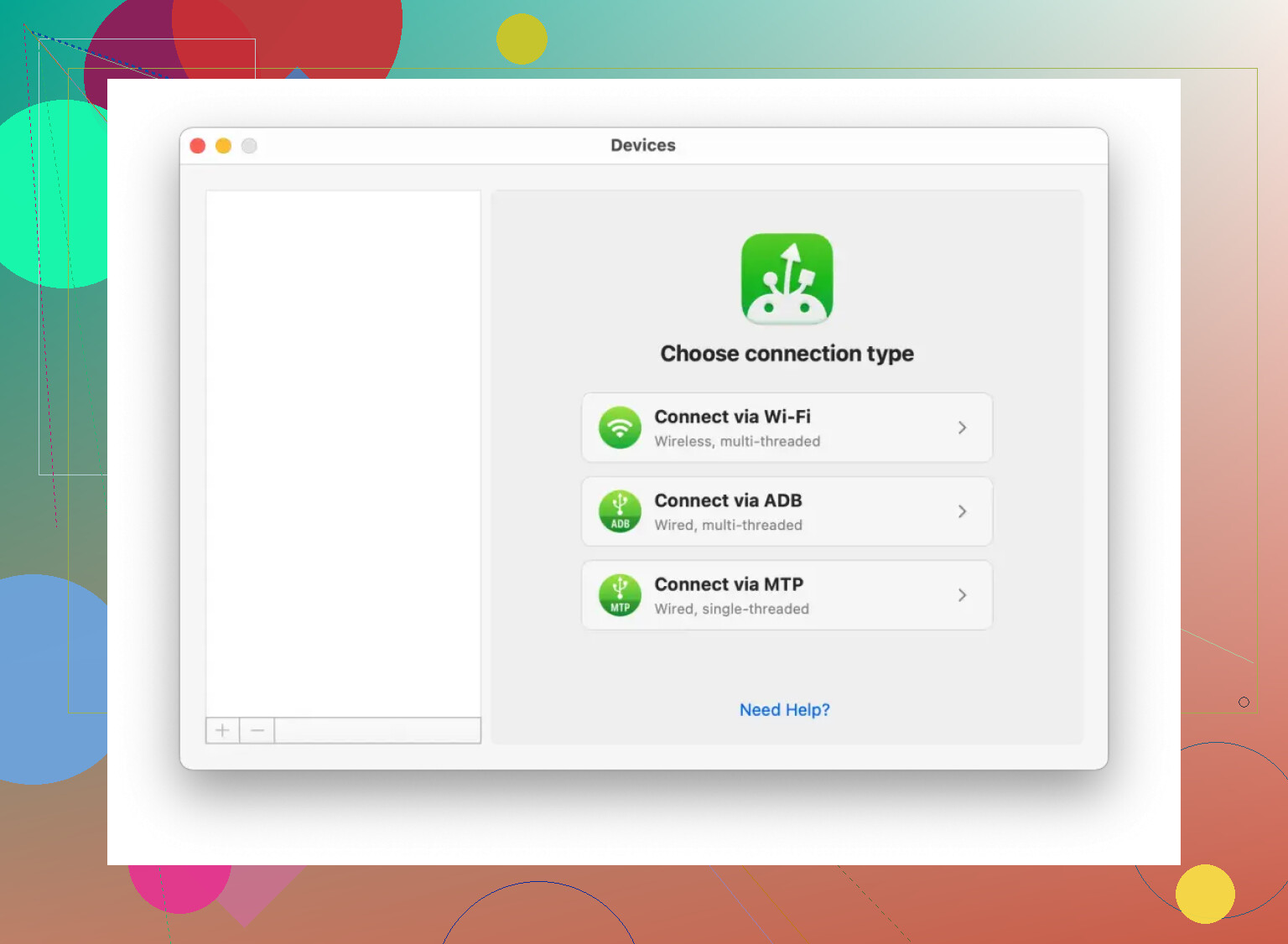Trying to transfer files from my Android phone to my laptop but it’s not showing up when I plug it in. Not sure if there’s a setting I haven’t enabled or if I need a specific app. Would appreciate any advice on how to get Android File Transfer working.
Got Files Stuck on Your Android? Here’s the Real Deal for Mac Users
Alright, buckle up. If you’ve ever tried to move photos, music, or that one PDF your boss keeps bugging you about from your Android device to your Mac, you’ve probably screamed at your laptop a few times. Here’s a step-by-step from someone who’s tried—and failed—a dozen ways before finally finding what works.
Not-So-Smooth Beginnings
First off, if you plug your Android into your Mac with a regular USB cable, what do you get? Not much. Macs and Androids don’t chat by default, like oil and water refusing to mix. Finder just acts like nothing’s attached. It’s like showing up to a potluck with your world-famous chili only to be turned away at the door. Annoying, right?
If You Insist on Going Native…
Let’s walk through the stock method real quick—just so you can see why people seek alternatives:
- Plug your Android phone/tablet into your Mac.
- Pray.
- Unlock your phone, pull down the notification bar, and set USB for “File Transfer” (it usually defaults to “Charging”).
- Download the official Android File Transfer app for macOS and install it.
- Try launching the app. Sometimes it’ll open up, sometimes it’ll do absolutely nothing, or spit out the all-too-familiar “Can’t access device storage” error.
In my experience? This thing breaks more often than it works. Half the time, it says my device isn’t compatible, or it just plain crashes. For transfers over a couple of songs or a handful of photos, expect to reboot everything a few times.
Or You Could Use Something That Doesn’t Hate You
Let’s be honest: After getting burned by the “official” route, I poked around for something that wouldn’t waste my afternoon. That’s when I stumbled across MacDroid—just a clean download, no questionable pop-ups, and the setup didn’t make me want to launch my laptop out the window.
If you’re serious about moving files back and forth regularly, here’s what actually worked:
- Grab MacDroid from their site.
- Open it up, connect your Android, and watch as your device shows up in Finder, just like a regular flash drive.
- Drag and drop to your heart’s content—moving gigabytes doesn’t freeze up, which was a shocker after battling stock options.
Bonus: Frustration Levels Drop
I’m not saying it’s magic, but… it’s close. No cryptic error messages, no remembering secret key combos, just files going where you want, when you want. It made handling my 10GB music library transfer about as complicated as moving folders around the desktop.
TL;DR
- If your goal is simply to transfer a file or two, you can take a shot at Android File Transfer (expect pain).
- If you want something that’s closer to plug-and-play (and doesn’t leave you cursing at the ceiling), MacDroid saved me a ton of time and nerves.
Out of all the methods I’ve tried, only one took me from “Why is this so hard?!” to “Wow, that was easy.” So, if you’re tired of Mac and Android acting like awkward strangers at a wedding, you know what to do.
Oh man, the joys of Android file transfers…! I see @mikeappsreviewer is singing the same “Android File Transfer is a circus” song I’ve hummed before. But hey, not EVERYONE wants to go download some extra app right away (even tho, yeah, that’s almost always the less stressful route if you’re using a Mac).
Since you’re asking specifically how to “turn on” Android File Transfer (assuming you do want the official way first), here’s my rapidfire, slightly skeptical take:
- Plug in your phone, duh.
- Everyone misses this: On your phone, swipe down your notification shade IMMEDIATELY after plugging it in—look for “USB for charging.” Tap that, then pick “File Transfer” (sometimes “MTP”).
- Pro tip: Ignore “Photo transfer (PTP)” unless you LIKE stress.
- If you’re on a Mac, you NEED the “Android File Transfer” app. Download it. Pray it opens. Pray harder it works.
- PC user? Just open File Explorer, your phone should really show up if you’ve picked “File Transfer” on the device itself.
If none of that works (believe me, sometimes it just…doesn’t), it’s not just you. The “official” app feels like it was written by someone who’s never seen a Mac, or an Android… So yeah, there’s a reason folks like @mikeappsreviewer dodge it.
I’ll give props—third-party tools really are smoother, especially for anything more than a handful of files. MacDroid is basically “plug in, see phone as a drive, move stuff easy.” If you’re at the tearing-your-hair-out stage, check out simplified Android file transfers on Mac—makes Finder play nice with Android like it always should’ve.
TLDR; Try the regular way this time, but don’t be surprised if you join the not-so-exclusive club of people who think a toaster and a fork would get along better than Mac and Android out-of-the-box.
Alright, there’s no universe where moving files from Android to your laptop is as chill as it should be—unless you’re on Windows. Let’s call it what it is: Android+Mac = pain, as the folks above already covered. But you’re asking how to “turn on” Android File Transfer, so let’s zoom past the obvious and sprinkle in some reality.
You already know the theory: plug in, swipe down, switch from “charging” to “file transfer.” If you didn’t do that in under 3 seconds, congrats—your phone stays invisible. Doesn’t matter if you downloaded Android File Transfer or prayed to the USB gods or both. If you see “PTP” or “charging only,” your Mac will just ignore you, and honestly? Maybe it’s for the best because that Android File Transfer official app is like using dial-up in a 5G world.
Now here’s where opinions split: some love hunting for hidden developer settings, toggling USB debugging, or wasting time with cables that only charge (thanks, random box of cords that’s 90% useless). But honestly? If you’re not partial to self-inflicted suffering, skip the circus and grab something that actually works. Pretty much everyone who’s been burned by Android File Transfer ends up with a dedicated app—due to sheer sanity. Not even gonna pretend I didn’t, either.
If you wanna spend less time troubleshooting and more time actually moving your files, just check out easy Android-to-Mac file transfers with MacDroid. Your device pops up in Finder, you drag/drop, and you’re out. Yes, it’s third-party. Yes, it just works. @mikeappsreviewer and @codecrafter both hinted at this but maybe undersold how done you’ll be with cable shenanigans.
All this said—if you like puzzles and “maybe it’ll work this time!” energy, feel free to keep wrestling with the official route (and sometimes it really DOES just work for tiny stuff). Just don’t be shocked when you join the vast club of folks who’ve shouted PG-13 things at their screen. MacDroid is the way to go if “just working” is on your wish list.
Stop blaming yourself if your Android doesn’t pop up when plugged into your Mac. You’re not alone; this is classic “Android + Mac = ugh.” Sure, switching the USB mode to “File Transfer” should work, and sometimes that’s all it needs—credit to the other posters for nailing those basics. But let’s face reality: Android File Transfer feels stuck in 2012. More times than not, it just bounces between “device not found” and freezing right when you finally need it.
While others went over the go-to dance (notification pull-down, flipping USB mode, downloading the almost comically outdated official app), let’s talk alternatives without just parroting them.
Enter MacDroid (yeah, rolling my eyes as I type it too, but it does the job where the rest fail). Plug your phone in, launch MacDroid, and your device shows in Finder like it’s supposed to. Drag, drop, done—no cryptic error messages. Pros: Simple setup, handles large transfers without flakes, integrates neatly in macOS. Cons: Not free (there’s a trial, but full features are behind a paywall), and it occasionally won’t play nice with super-old phones or sketchy cables.
Competitors mentioned, like the alternatives others brought up, offer similar stuff, but MacDroid really does feel like the “it just works” option. Not magic—more like overdue tech. If this route still bugs you, check your cable (not all USB-C cords transfer data) or consider going wireless if cable drama never ends for you.
TL;DR: Basic USB + stock app = pain. MacDroid = reliable and sane, but not free. Choose your flavor of hassle.


